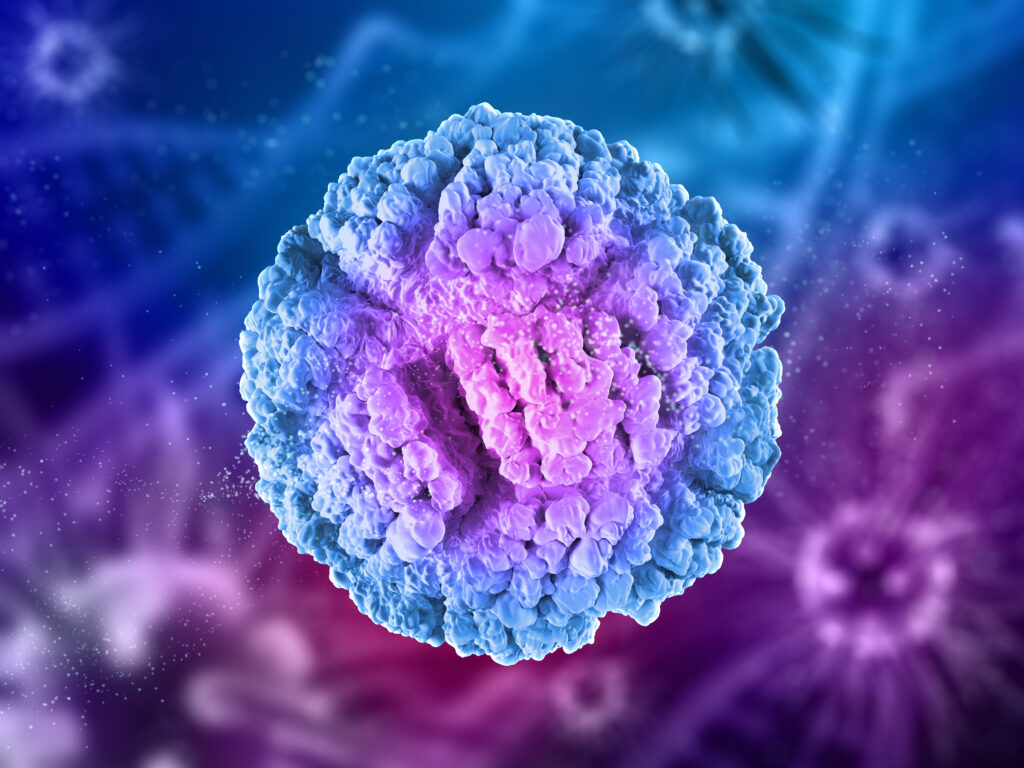The co-expression of antigen targets as a rationale for ADC combination in urothelial cancer
The clinical trial reported by McGregor et al. seems to be a significant step in treating refractory metastatic urothelial carcinoma (UC). The use of combination therapy with two different antibody-drug conjugates (ADCs) – enfortumab vedotin (EV) and sacituzumab govitecan (SG) – appears to have shown promising results in terms of efficacy, with a 70% objective response rate (ORR) and without introducing new safety concerns compared to monotherapy. ADCs are a class of targeted cancer therapies that combine an antibody, specifically binding to a target antigen on the surface of cancer cells, with a cytotoxic drug. This allows for the direct delivery of the drug to the cancer cells, potentially reducing the impact on healthy cells and improving the therapeutic index. Enfortumab vedotin (EV) is an ADC that targets Nectin-4, a protein that is highly expressed in urothelial cancer cells. Sacituzumab govitecan (SG) is another ADC that targets Trop-2, another protein often overexpressed in various epithelial cancers, including urothelial carcinoma. The rationale for combining these two ADCs is based on the premise that they have different mechanisms of action and non-overlapping major toxicities, potentially allowing for greater efficacy without significantly increasing the toxicity profile. Moreover, the synergy observed in preclinical models between sacituzumab govitecan and microtubule inhibitors could be an additional factor contributing to the effectiveness of the combination. The results of this trial are particularly important, considering that patients with refractory metastatic UC have very limited treatment options and typically poor outcomes. An ORR of 70% is quite impressive in this context, and the absence of new safety signals suggests that the combination therapy could be well-tolerated. It is important to note that while this study provides encouraging data, further research is needed to confirm these findings. Larger, randomized controlled trials would be necessary to validate the efficacy and safety of the EV and SG combination in a broader patient population and to potentially establish it as a standard treatment option for refractory metastatic urothelial carcinoma. Pic by freepik, source: https://www.annalsofoncology.org/article/S0923-7534(24)00045-0/fulltext?rss=yes



